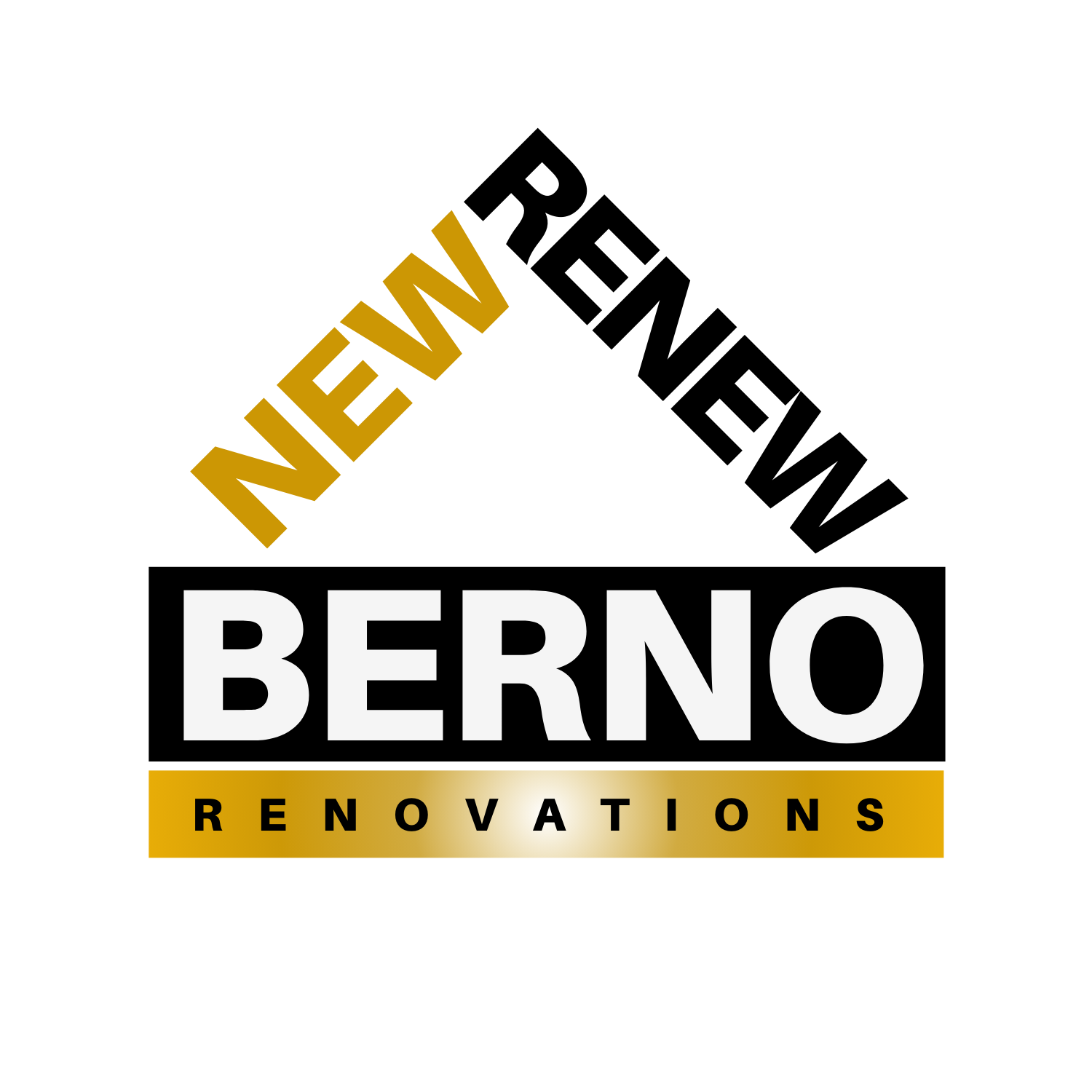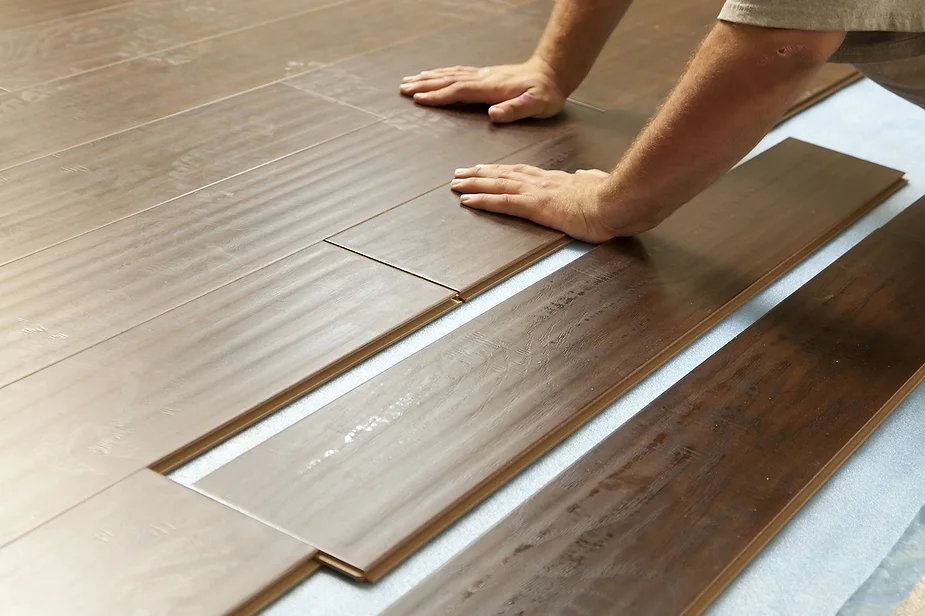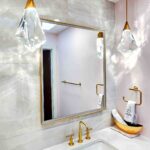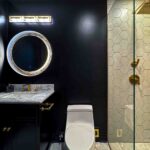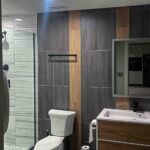1. Hardwood Flooring
Description: Made from solid wood planks or strips, available in species like oak, maple, and cherry.
Uses: Adds warmth and elegance, suitable for living rooms, dining areas, and bedrooms.
Maintenance: Requires regular cleaning and occasional refinishing.
2. Engineered Wood Flooring
Description: Real hardwood veneer attached to layers of lower-cost wood backing.
Uses: Offers the look of hardwood with added stability, suitable for various areas, including basements.
Maintenance: Similar to hardwood but more moisture-resistant.
3. Laminate Flooring
Description: Composed of a photographic layer mimicking various materials, on top of a wood-based core.
Uses: Affordable alternative to hardwood, suitable for high-traffic areas.
Maintenance: Easy to clean, scratch-resistant, not ideal for wet areas.
4. Vinyl Flooring
Description: Plastic material mimicking wood, stone, or tile; available in sheets, tiles, or planks.
Uses: Ideal for kitchens, bathrooms, and laundry rooms due to its water resistance.
Maintenance: Easy to clean, water-resistant, durable.
5. Linoleum Flooring
Description: Made from natural materials like linseed oil, cork, and resin.
Uses: Eco-friendly option for kitchens, bathrooms, and other areas.
Maintenance: Durable, easy to clean, requires sealing every few years.
6. Ceramic Tile
Description: Made from clay and minerals, kiln-fired, available in glazed or unglazed forms.
Uses: Popular in bathrooms and kitchens, suitable for walls and floors.
Maintenance: Water-resistant, durable, requires grout cleaning.
7. Porcelain Tile
Description: A denser and more durable type of ceramic tile.
Uses: Suitable for indoor and outdoor use, including high-traffic areas.
Maintenance: Low maintenance, water, and stain-resistant.
8. Natural Stone Tile
Description: Includes marble, granite, slate, and limestone.
Uses: Adds natural beauty, suitable for bathrooms, kitchens, and hallways.
Maintenance: Requires sealing, specific cleaning methods depending on the stone.
9. Carpet
Description: Textile floor covering with an upper layer of pile attached to a backing.
Uses: Ideal for bedrooms and living rooms, providing comfort and warmth.
Maintenance: Requires vacuuming and professional cleaning for stains.
10. Bamboo Flooring
Description: Made from natural bamboo, eco-friendly and similar in appearance to hardwood.
Uses: Suitable for various rooms, offers a unique aesthetic.
Maintenance: Similar to hardwood, sensitive to moisture and humidity.
11. Cork Flooring
Description: Made from the bark of cork oak trees, provides natural cushioning.
Uses: Great for areas where you stand a lot, like kitchens; comfortable and warm.
Maintenance: Requires sealing, can be damaged by sharp objects.
12. Concrete Flooring
Description: A mixture of cement, water, and aggregate; can be polished or textured.
Uses: Ideal for modern, industrial looks; used in basements, garages, and main living areas.
Maintenance: Low maintenance, durable, can be resealed or polished.
13. Rubber Flooring
Description: Made from natural or synthetic rubber, available in tiles or rolls.
Uses: Common in gyms, playrooms, and areas needing durable, cushioned flooring.
Maintenance: Easy to clean, resistant to water and stains.
This glossary highlights the features, uses, and maintenance of different flooring materials. Consider the functional needs, aesthetic preferences, and durability requirements when selecting the right flooring for your space.
